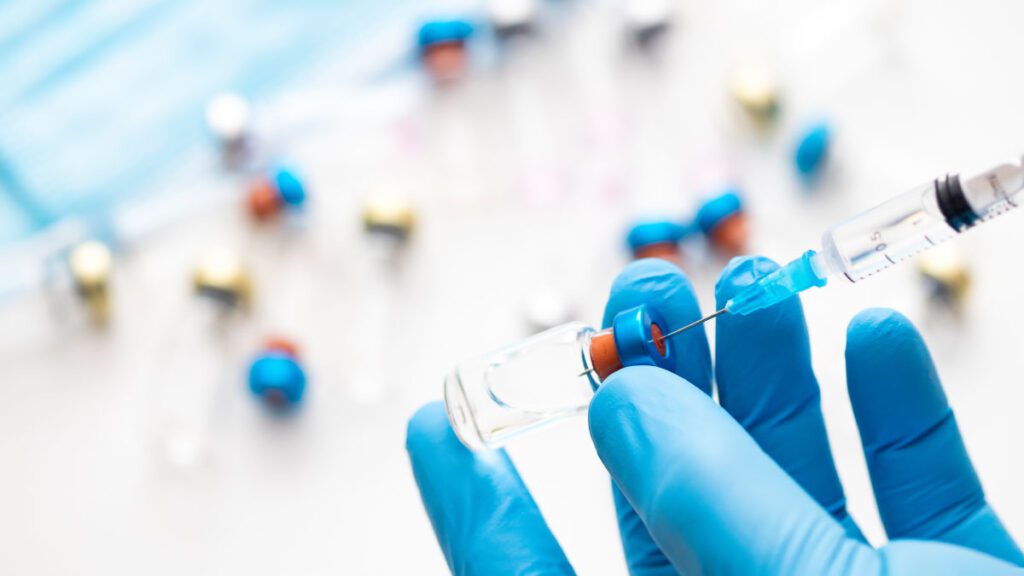
As the pandemic continues to spread across the world, marking a year since the first Covid-19 case, humanity scores its second prominent victory as we rush to find a vaccine to end the current health crisis.
Enter American pharma company Moderna, that released results of a key study this week regarding their experimental Covid-19 vaccine. The results were promising, yielding an efficacy rate of 94.5 percent.
Moderna is the second company reporting promising clinical trial results for vaccines, the first being pharma giant Pfizer. On November 9, Pfizer reported a 90 percent efficacy rate for their vaccine via a press release.
In addition, other vaccines are also in phase III trials. A potential vaccine candidate could be available within the coming months, but for now, let’s take a closer look at how the Moderna and Pfizer vaccines compare.
How do the vaccines work?
Both Moderna and Pfizer vaccines are mRNA vaccines, which means they work differently than other vaccines available today. Rather than introducing a less harmful virulent form of the pathogen into the body that will in turn teach the immune system how to combat it, the mRNA vaccine contains in itself a snippet of the genetic code for Covid-19 distinctive spike proteins.
This genetic code will act as a blueprint for the cells to produce a harmless coronavirus protein, for the body to create the appropriate antibodies. This effect is close to that of a traditional vaccine.
How safe are they?
Being the first vaccines of their kind, researchers are not yet sure about how well they will perform. It’s important to note that the results that have been published so far, have not been published in any peer-reviewed journals, solely in press releases. However, the results published thus far, appear to be positive.
Both Moderna and Pfizer vaccines are currently in phase III clinical trials, having 30,000 and 43,538 participants respectively. The Moderna vaccine received a 94.5 percent efficacy rate while Pfizer received a 90 percent rate.
We must distinguish between efficacy and effectiveness – as they are not the same. Researchers still don’t know how the vaccine will behave in the real world after being introduced to a broader range of people from different age groups and of different existing health conditions.
Both vaccines will require two injections, and they seem to elicit some side effects. The Moderna vaccine side effects include headache, fatigue, and joint pain. While the Pfizer vaccine side effects are more flu-like and can include muscle pain and fever.
Another question is, once the vaccine is taken, how long will the protection last? This can only be answered with time, clearer results will most likely be available after the vaccines have been approved by the FDA.